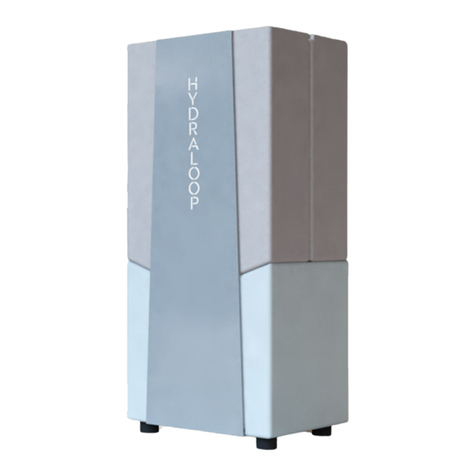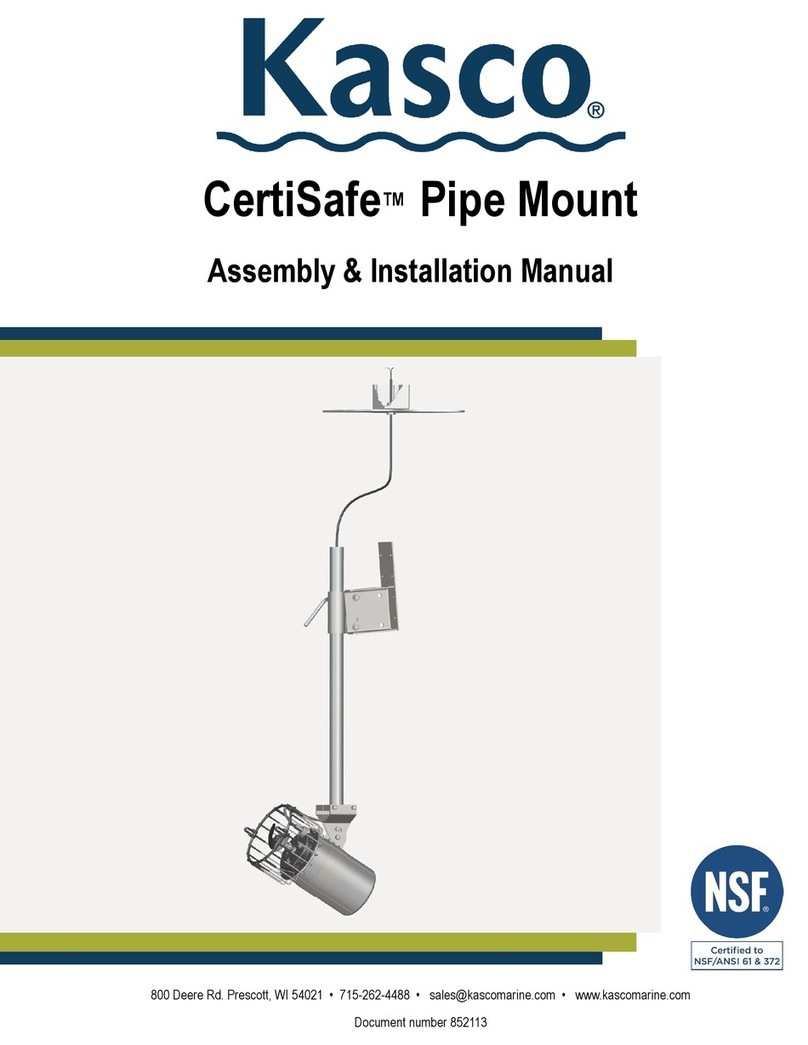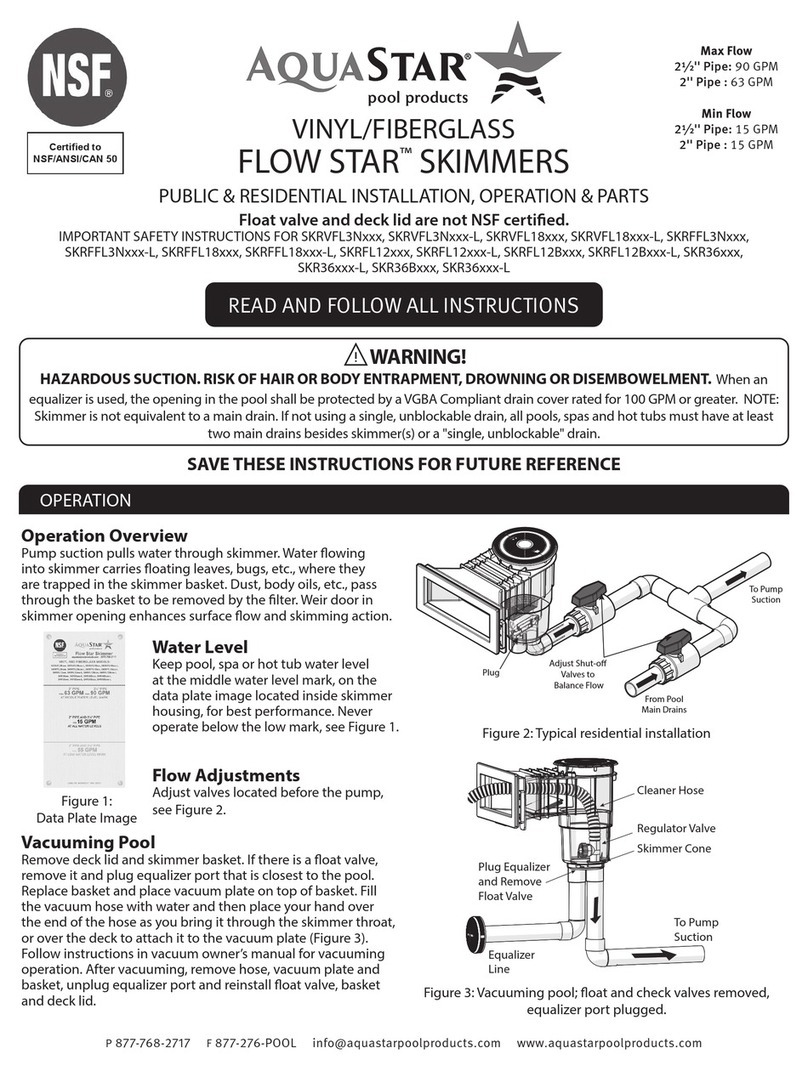Nightly Shut-Down (End-Of-Day)
1.
Press the button 3 times in succession. (The button will illuminate with aslow
intermittent pulse)
2.
Pull out the stand tube (while unit is running) and clean the shroud, dipper well
vessel, and faucet assembly. Put the cleaned parts in place and insert stand tube.
3.
RinseWell will run overnight in a maintenance cleaning mode.
Cleaning Frequency
1. Clean the shroud, dipper well vessel, stand tube, and faucet assembly in
accordance to your local health code.
System Power-Down
1. Press the button 5 or more times in succession and remove the stand tube to allow the
water to drain. (This should only be done when RinseWell will not be in use for several
days)
Things to avoid when using the RinseWell system:
1. Never operate the RinseWell system without the stand tube in place.
2. Ensure the dipper well vessel is clean and sanitized prior to use.
3. Use only cold tap water when operating the RinseWell system.
•
Other cleaning products will affect ozone’s effectiveness and may cause system
damage.
•
The system will not operate correctly if warm or hot water is used.
4. Do not place heavily soiled items in the RinseWell dipper well vessel.
5. Never operate the RinseWell system without the shroud in place.
6. Never leave water in the dipper well vessel while the RinseWell system is off.
In Case of Malfunction
1. If the RinseWell unit displays a rapid intermittent pulse on the button, simply press the
button again to restart.
2. If the unit continues to display a rapid intermittent pulse, use the following instructions
and call a repair technician:
•
Turn off the RW unit, unplug the power supply.
•
Ensure the overflow stand tube is inserted into the dipper well vessel.
•
Turn the bypass knob ⑬located on top of the controller to “BYPASS MODE” to
allow the fresh water supply to bypass the RinseWell.
(This bypass will simply make the unit behave like a traditional dipper well)
Start Button- Light Indicator Signals
The Start Button has a blue indicator light that will show the various operation and error
modes.
•
Slow Steady Blink: RinseWell is on standby mode
•
Steady Solid: RinseWell is in operating mode (ready to use)
•
Slow Intermittent Pulse: RinseWell is in maintenance cleaning cycle (End of Day cycle)
































